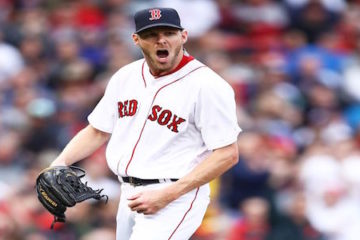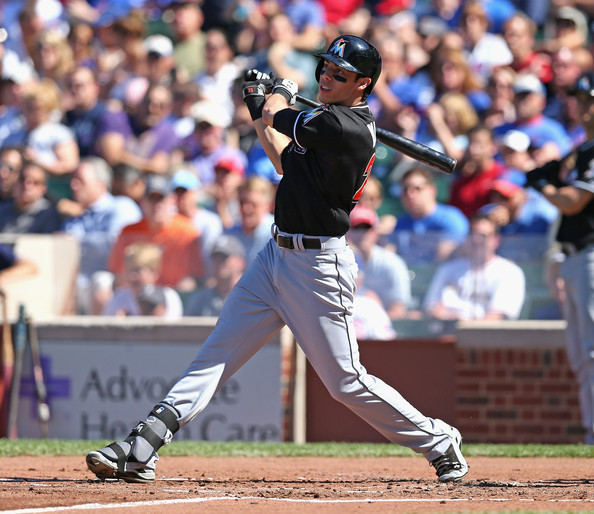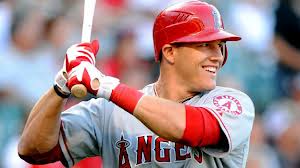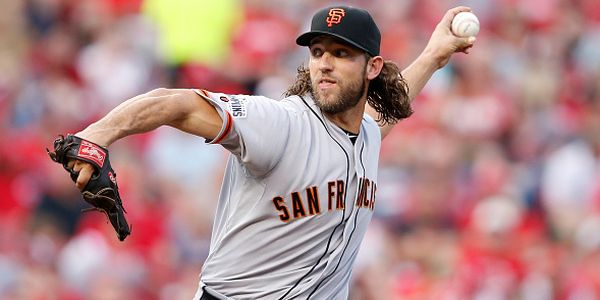The Platoon Advantage: Right Fielders
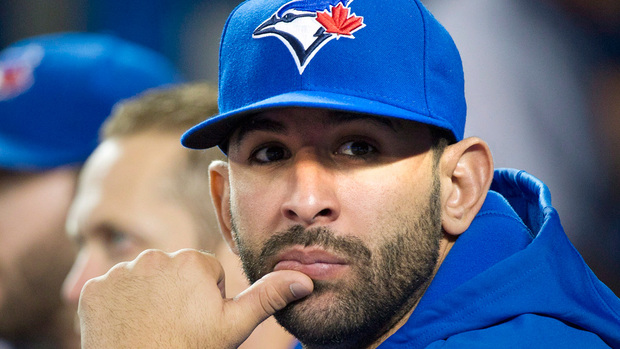
As we come to a close with our platoon advantage series it pays to take a step back and look at the whole series in the big picture. What the platoon advantage really does is offer you another strategy in how to use your bench. There are a few major strategies that fantasy players use and it pays for you to pick one that fits your particular needs before you step foot into your draft room (virtual or real).
- Cover as many positions as possible so you have injury protection
- Add as many extra pitchers as possible and then rotate them in when it’s their turn to start
- Utilize the platoon advantages at some positions when you can
Obviously, one could choose to use two of these strategies if need be, but I would keep in mind that the waiver wire is there for a reason. Whether I add pitchers to make my rotation deeper or use a platoon advantage, I would make sure I use my bench for something other than simple depth. Every roster spot should have some targeted purpose or it is a wasted roster spot. If a player on my team gets hurt, I can always place him on IR (or cut him if it’s long term) and pick up another player.
The information presented to you here is more or less designed to be taken on advisement. You can go blind trying to keep track of everyone’s splits on draft day. You can achieve almost the same level of advantage by simply paying attention to where your players split after you’ve picked them. Knowing whether to sit a regular is most of the battle in these things. Having anyone that can replace them is usually okay enough in some cases. Without any further ado, let’s take a look at the balanced right fielders.
|
Bats |
TAVR |
TAVL |
DIFF |
|
| Giancarlo Stanton |
R |
.311 |
.336 |
.025 |
| Jose Bautista |
R |
.337 |
.315 |
.022 |
| Carlos Beltran |
B |
.297 |
.321 |
.024 |
| Nick Swisher |
B |
.292 |
.292 |
.000 |
| Hunter Pence |
R |
.280 |
.293 |
.013 |
| Jay Bruce |
L |
.287 |
.268 |
.019 |
| Nick Markakis |
L |
.287 |
.274 |
.013 |
| Josh Reddick |
L |
.281 |
.266 |
.015 |
| Alex Rios |
R |
.271 |
.279 |
.008 |
| Michael Saunders |
L |
.259 |
.262 |
.003 |
Giancarlo Stanton and Jose Bautista are almost identical in terms of their career total averages. That should tell you something on draft day. The dropoff from there is pretty substantial, but Carlos Beltran is a nice consolation prize if you miss out on those top two guys. Nick Swisher stands as a buffer between those top three guys and the next group. You could throw a blanket over the next group all the way down to Alex Rios. This is where it is easy to get players at other positions and then come back. The marked difference between Hunter Pence and Alex Rios is not that great.
Michael Saunders is an interesting case by himself. Since he has some centerfield experience, he will register in at least two outfield slots by the end of April (if not sooner). Since he is balanced on both sides he might make a decent bench option late in your draft. Since you can count on him to produce league average production from both sides, you can start him in place of anyone on the outfield list that has an extreme disadvantage on one side. We will see some examples of that here in a minute.
|
Bats |
TAVR |
TAVL |
DIFF |
|
| Andre Ethier |
L |
.338 |
.227 |
.111 |
| Josh Hamilton |
L |
.324 |
.283 |
.041 |
| Jason Heyward |
L |
.312 |
.239 |
.073 |
| Matt Joyce |
L |
.303 |
.237 |
.066 |
| Norichika Aoki |
L |
.294 |
.262 |
.032 |
| Nate Schierholtz |
L |
.285 |
.219 |
.066 |
| Will Venable |
L |
.284 |
.234 |
.050 |
Andre Ethier was the first example of the platoon advantage and for good reason. When you have a gap of more than 100 points of total average you are talking about some serious splits. He is going below where he should largely because of the disadvantage. The problems against lefties is dragging down his whole total average so that he looks more ordinary than he really is. Think of it this way, .338 represents a total average similar to what stars like Ryan Braun and Mike Trout will produce overall. If you picked Ethier and started him only against right handers (80 percent of starting pitchers) then you will mimic Braun and Trout 80 percent of the time.
Jason Heyward has a similar situation going on. There are those that have him among the top five outfielders. That seems silly to me given his struggles against lefties, but you could pick him among the top ten to fifteen outfielders and simply sit him down against lefties. At .239, it isn’t necessarily to target any reserve outfielder specifically as you can find someone that can produce league average (.260) performance or better pretty easily. Many of the rest of the guys on the list will be picked pretty far down on draft day, but some like Schierholtz and Venable could be nice reserves to start on days where your regular is at a disadvantage.
|
Bats |
TAVR |
TAVL |
DIFF |
|
| Shane Victorino |
B |
.253 |
.334 |
.081 |
| Cody Ross |
R |
.259 |
.325 |
.066 |
| Michael Cuddyer |
R |
.266 |
.322 |
.056 |
| Nelson Cruz |
R |
.270 |
.321 |
.051 |
| Torii Hunter |
R |
.278 |
.317 |
.039 |
| Jayson Werth |
R |
.281 |
.316 |
.035 |
| Scott Hairston |
R |
.259 |
.300 |
.041 |
Brett Talley and I joked about how Cody Ross appeared to be a replacement level outfielder on the last edition of Fantasy Fix Radio. He isn’t a replacement level player really in the sense of WAR or WARP, but he is in terms of fantasy baseball. That is because he will look average against righties. If you were to keep him on your bench until he faces lefties then he would have some value. The same is true of Scott Hairston. Hairston and Schierholtz will be in a real life platoon in Chicago. That would be a pretty mean bench combination if you wanted to wait until the very end of your draft to fill out your outfield bench.
Most of these guys play well enough against right handers where you don’t want to sit them down necessarily, but considering the number of righties a hitter will face, it could give you some idea as to where you want to place them on your draft board. For instance, Shane Victorino is likely being picked too high in most drafts. He is below average against 80 percent of pitchers. So, why put yourself in that bind by making him one of your regular outfielders to where you will be tempted to sit him most of the time? The others on the list are a bit stronger and therefore would be okay for full time duty. Still, it pays to look at the splits for all of the players you are interested in before you step foot in your draft.


